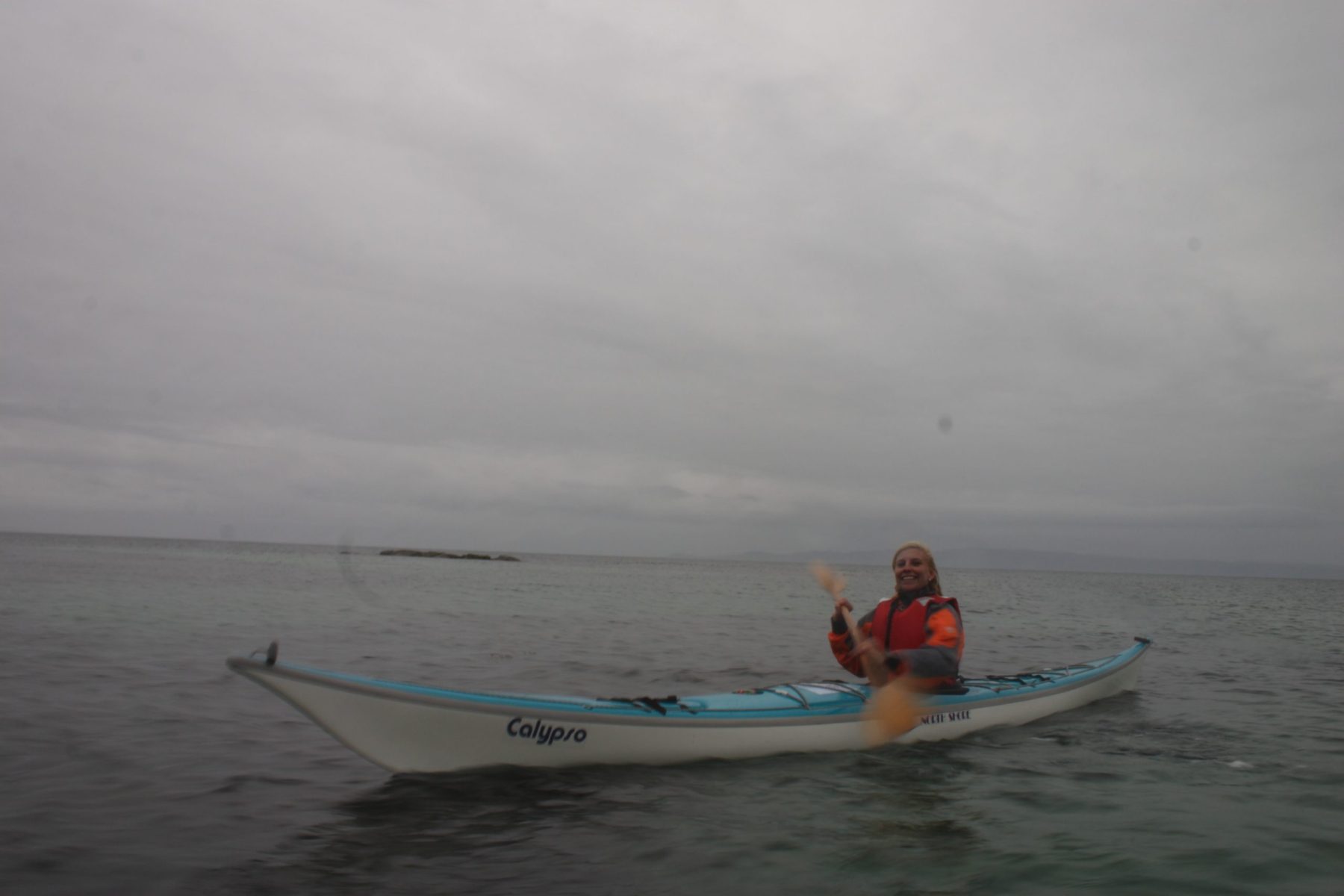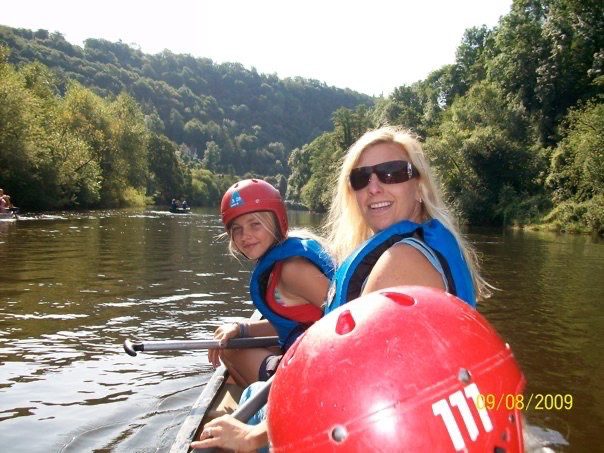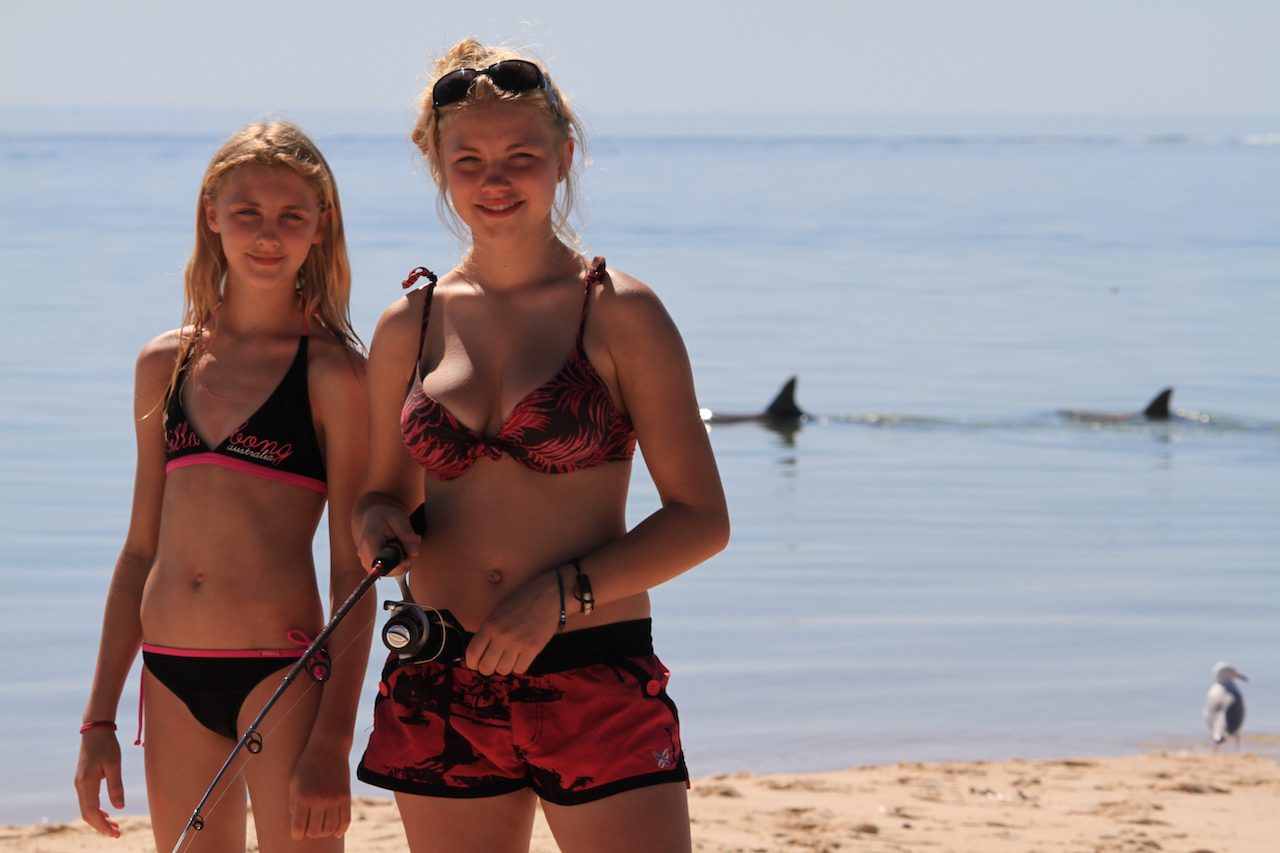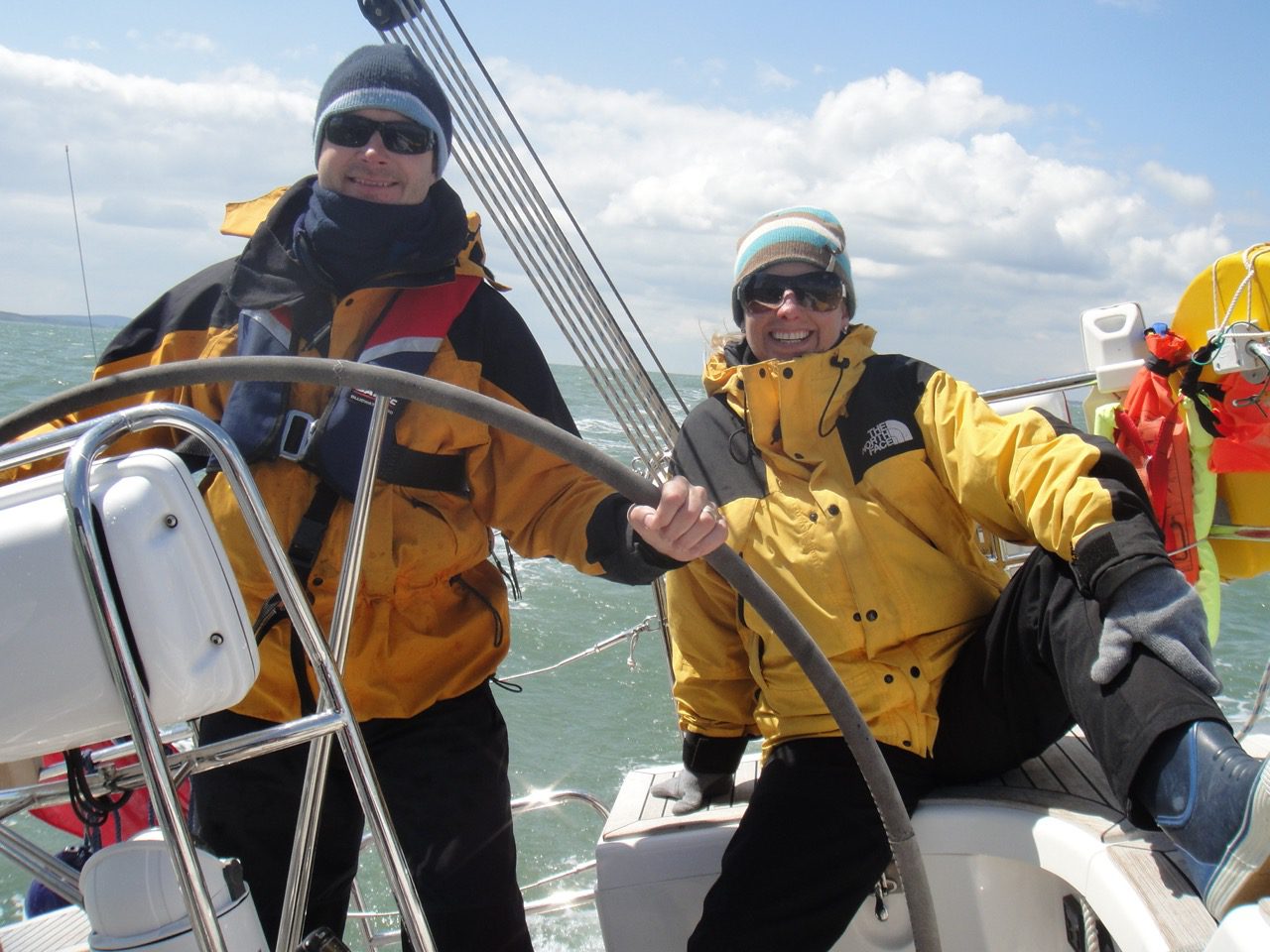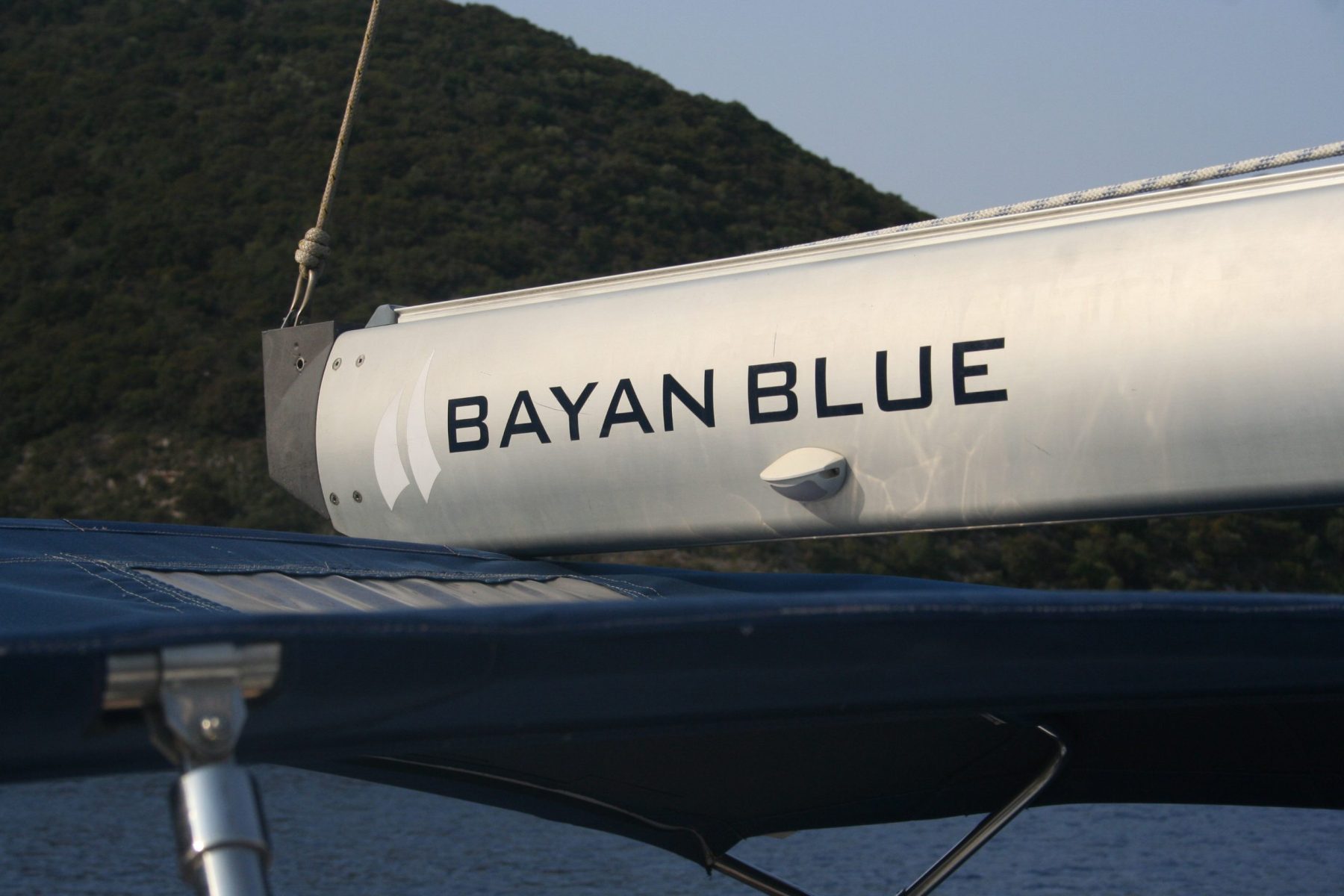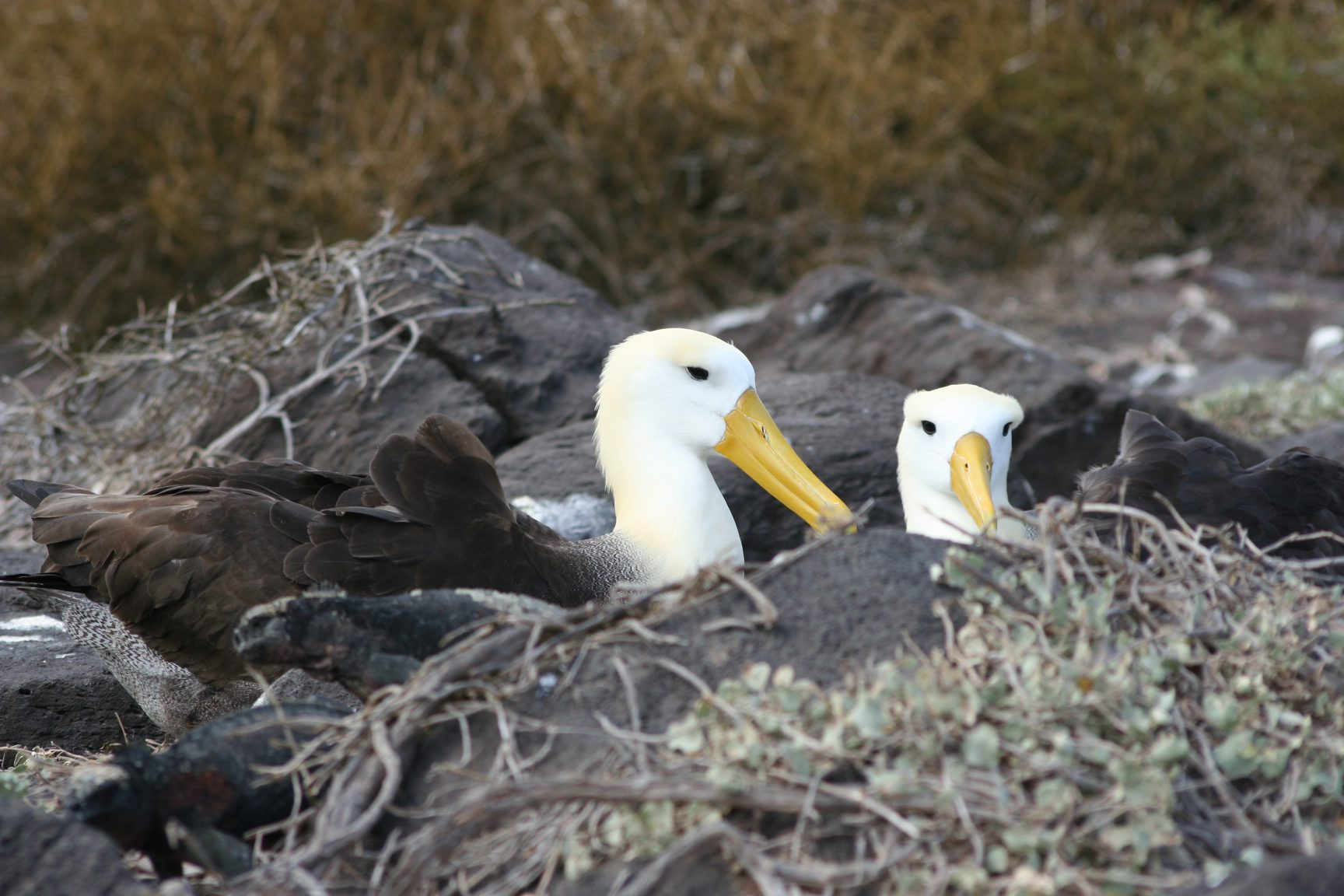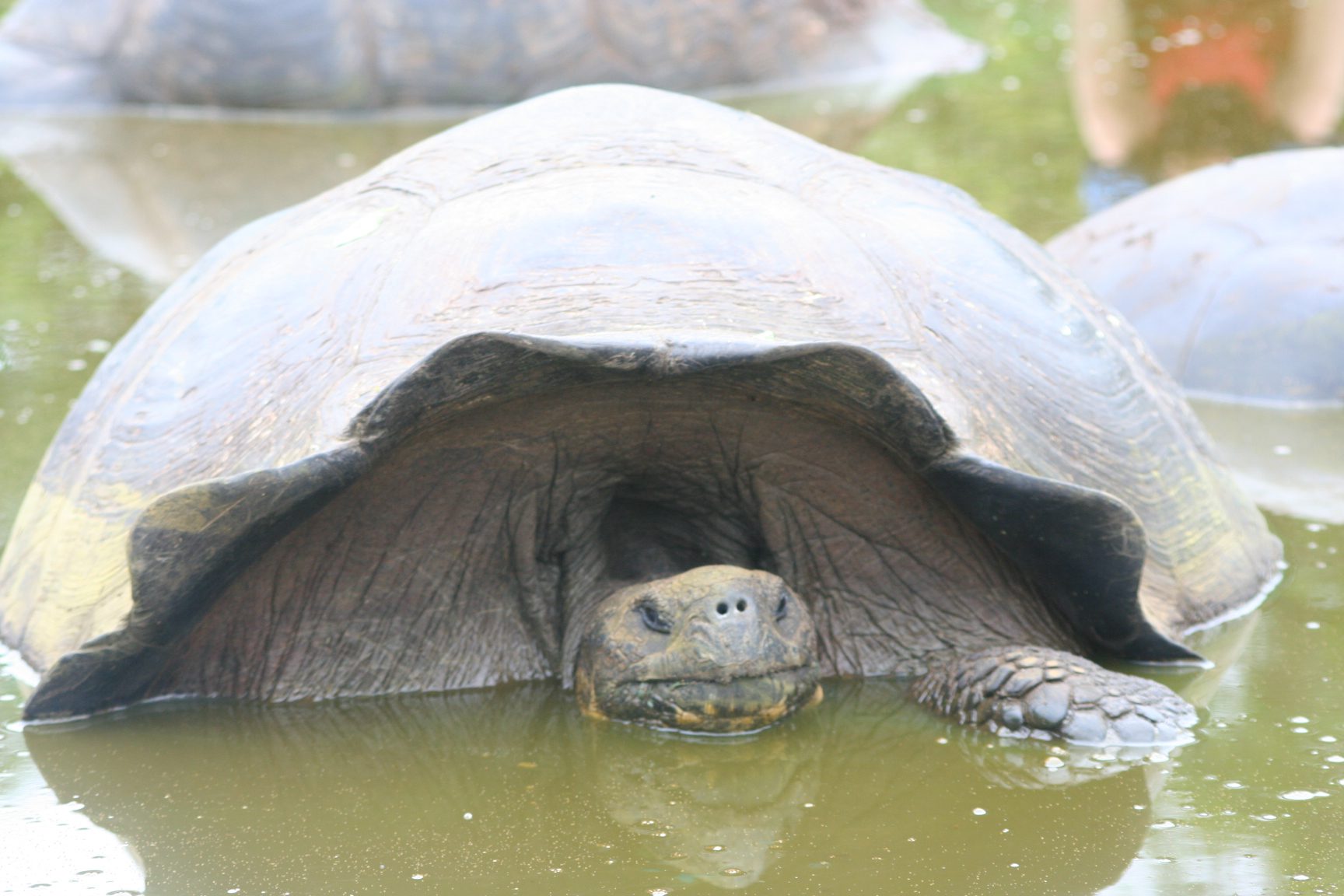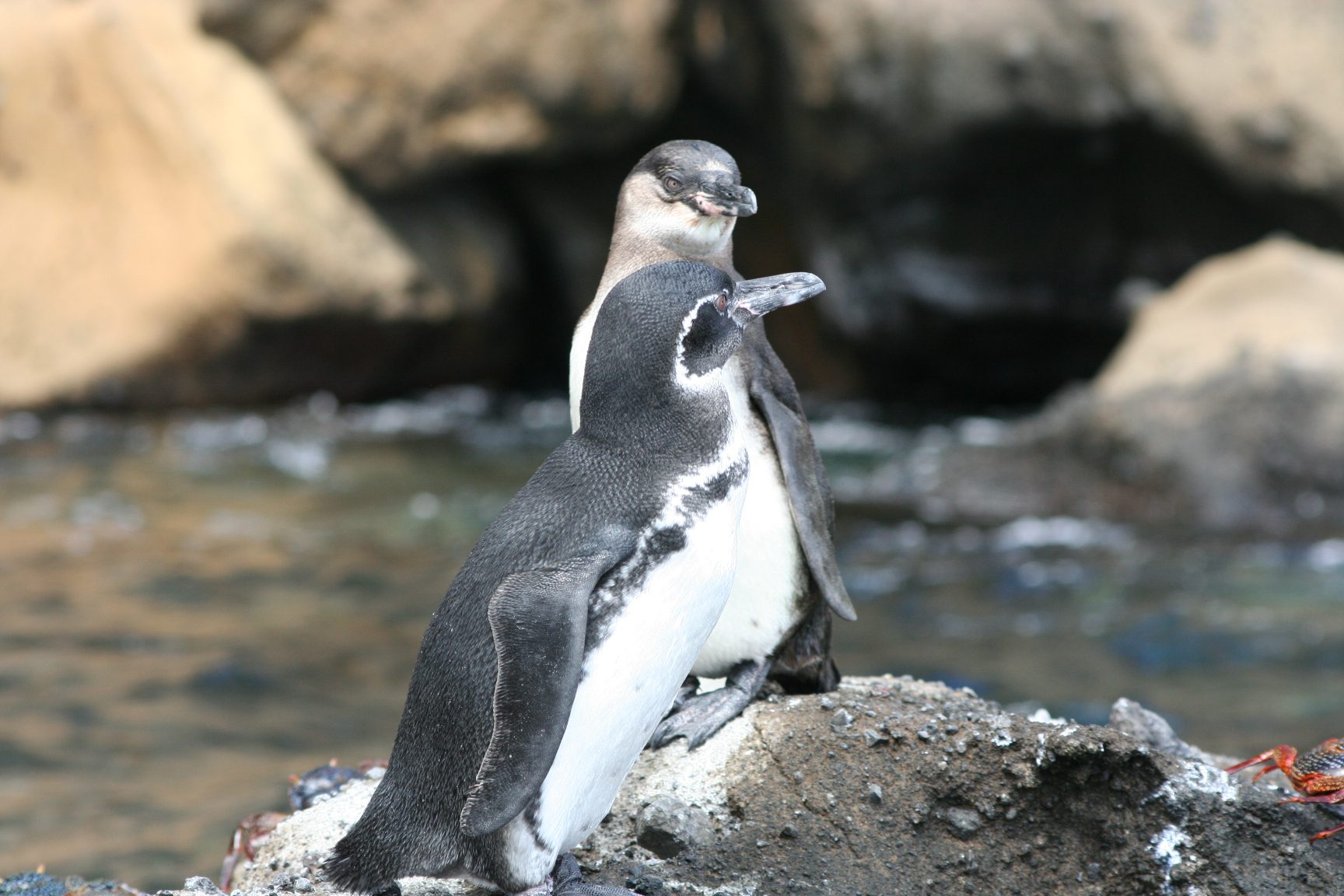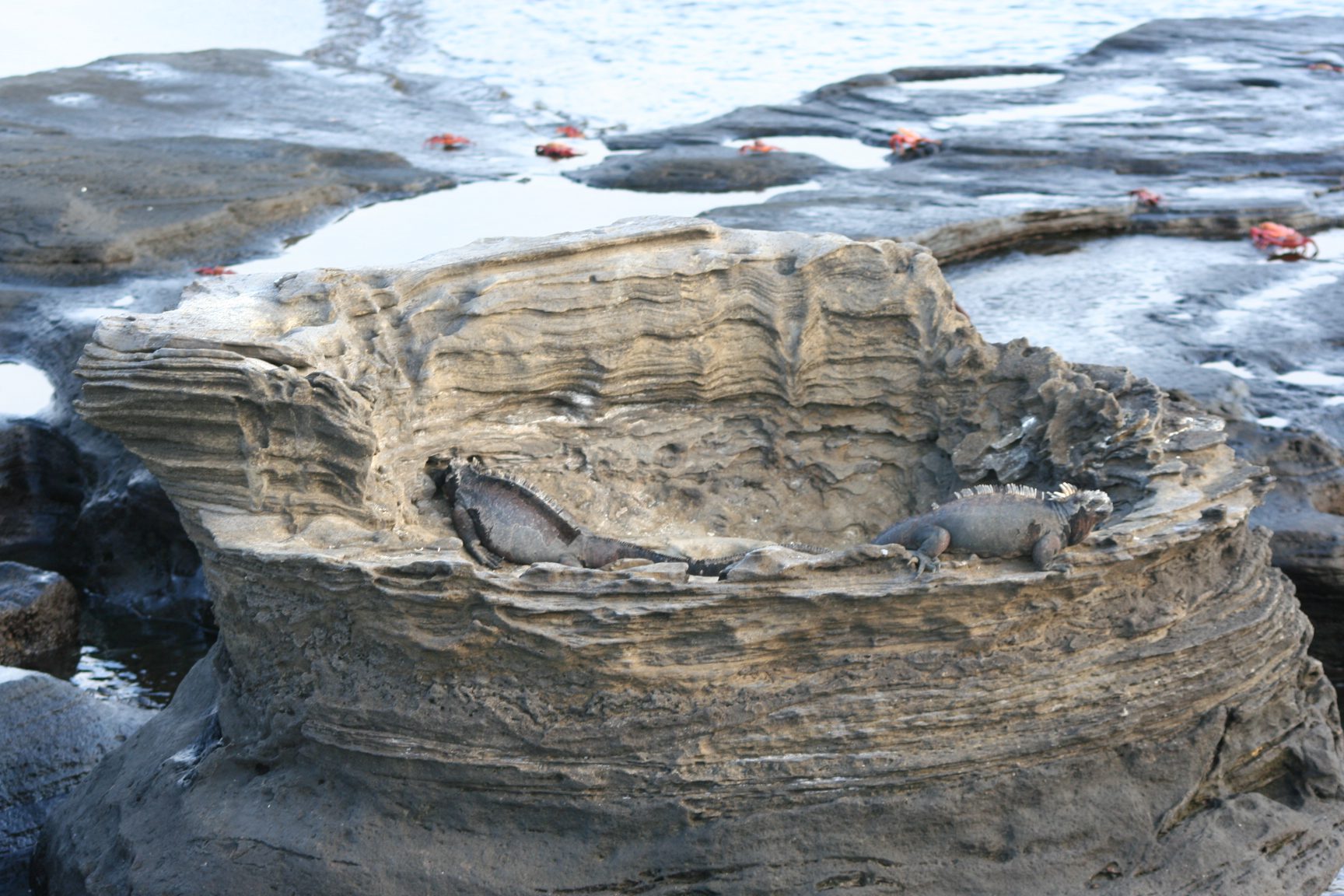Areas of the Galapagos with a higher elevation are known as the Highlands. Due to the altitude, Santa Cruz Highlands provide a fresh respite from the sun, making this place the perfect habitat for the giant Galapagos tortoises, Galapagos finches and other land animals and plants. The Twin Craters or Gemelos are geologically speaking seen as sink holes and their formation is not directly due to volcanic action. They were created as a result of the collapse or sinking of surface materials into cracks or manholes. We visited lava tubes or tunnels, which are the result of the many eruptions that have occurred on the island since its formation. Island specific highlights include: Giant tortoises, tree & ground Darwin finches, vermillion flycatcher, cattle egrets. We had the privilege of meeting Lonesome George!

